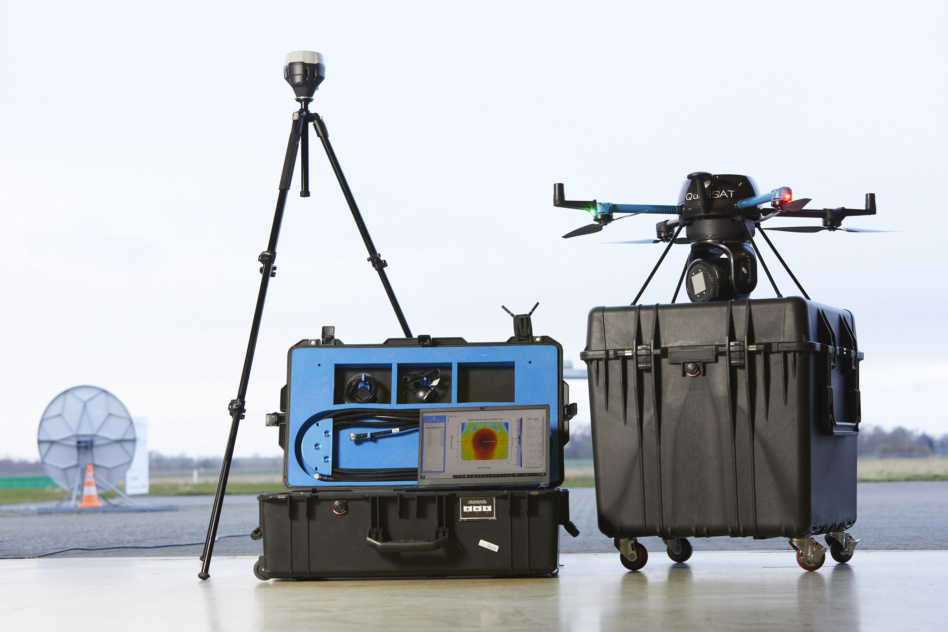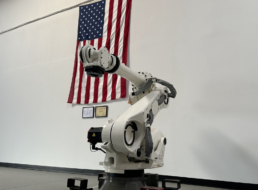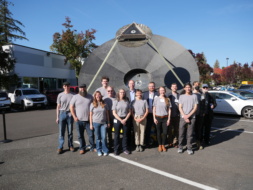QuadSAT said today that it’s received €500,000 ($520,000) in additional ESA funding under the ARTES program. The European funds are earmarked for satcom companies looking to productize and commercialize core technology they’ve developed.
QuadSAT’s core technology
The Danish startup has paired specialized radiofrequency (RF) payloads with quadcopter drones. The company’s engineers have also written code for flight automation and frequency measurement features. Put it all together, and here’s is what you get:
- QuadSAT’s drone flies in front of a satellite antenna, scans the entire area in a lawn-mower fashion, and generates “a heatmap of the entire performance of the antenna,” CEO Joakim Espeland told Payload last fall.
- As we wrote earlier this year, “by using drones rather than space assets for antenna diagnostics and calibration, [satellite] operators could theoretically minimize downtime and the opportunity costs of using [space assets] for ground segment testing.”
Heritage: QuadSAT is already flying with Telespazio and OneWeb, and earlier this year, it ran tracking tests on the 15- and 13-meter antennas at ESA’s Kiruna Earth Station.
The business case
“The highest value per measurement comes from large antennas,” Espeland said last year. “What I really want to do…is make drones just another tool in the toolbag for satellite technicians and antenna engineers.” QuadSAT success at scale would look like cutting “the price per measurement so much that it would be negligent not to measure an antenna whenever a technician visited.”
Still, overnight successes are hard to come by when your bread and butter involves drones, satellite communications, and AI. QuadSAT has its work cut out for it, from more R&D and production to QA and business development. Ultimately, the new, non-dilutive ESA funding should help on these fronts.




